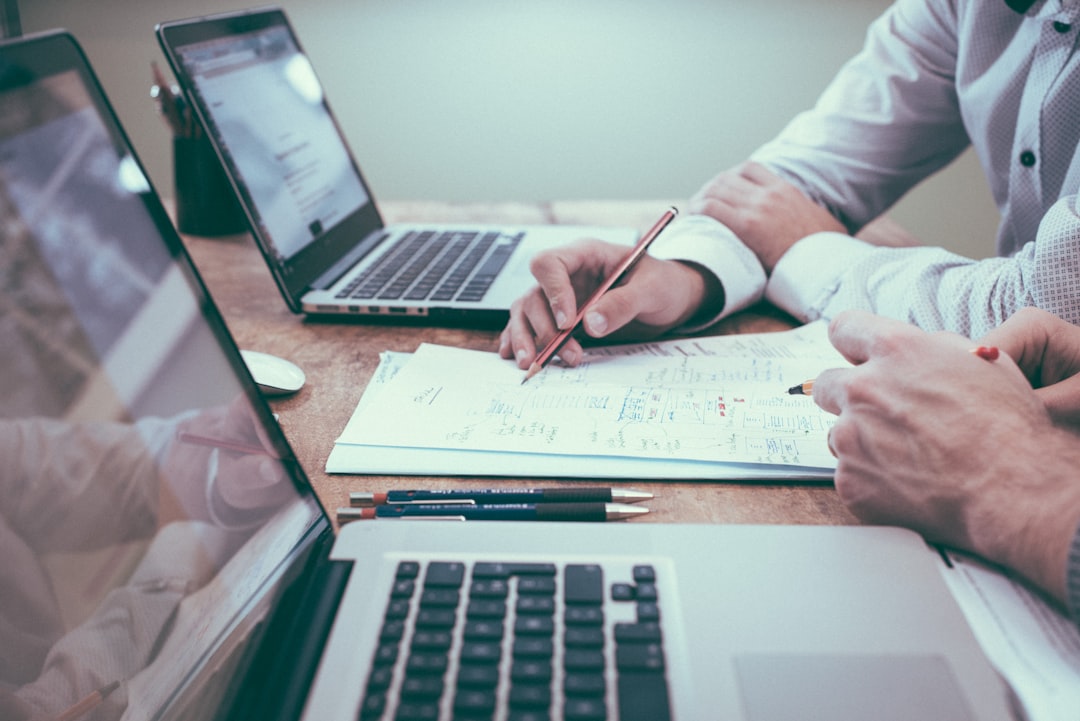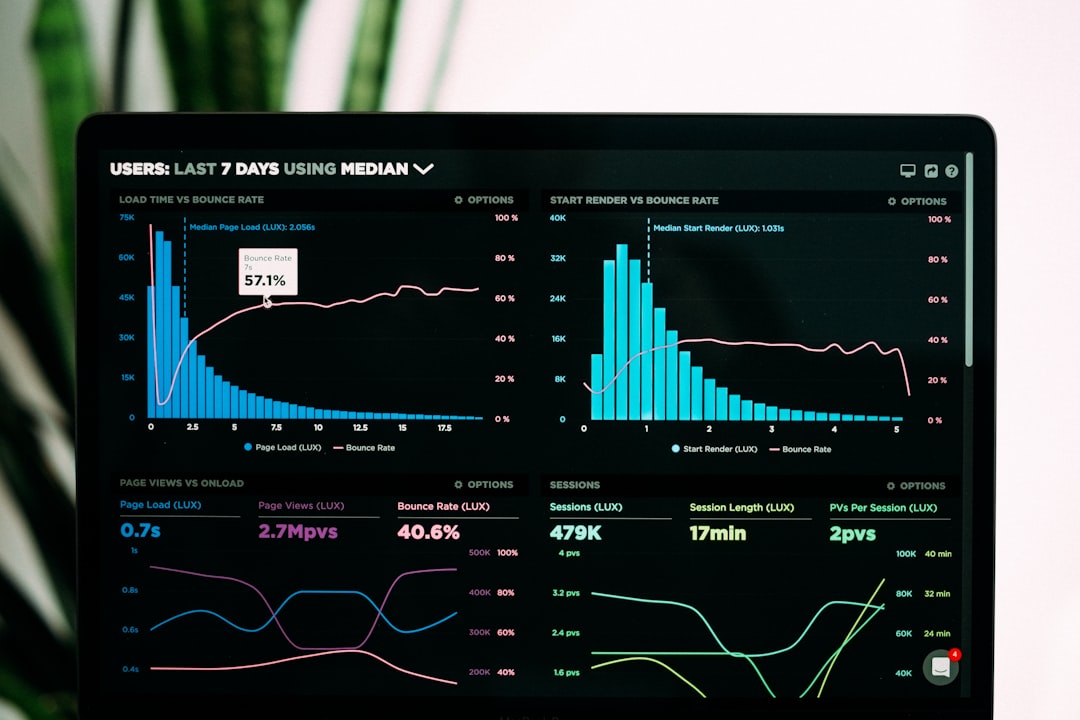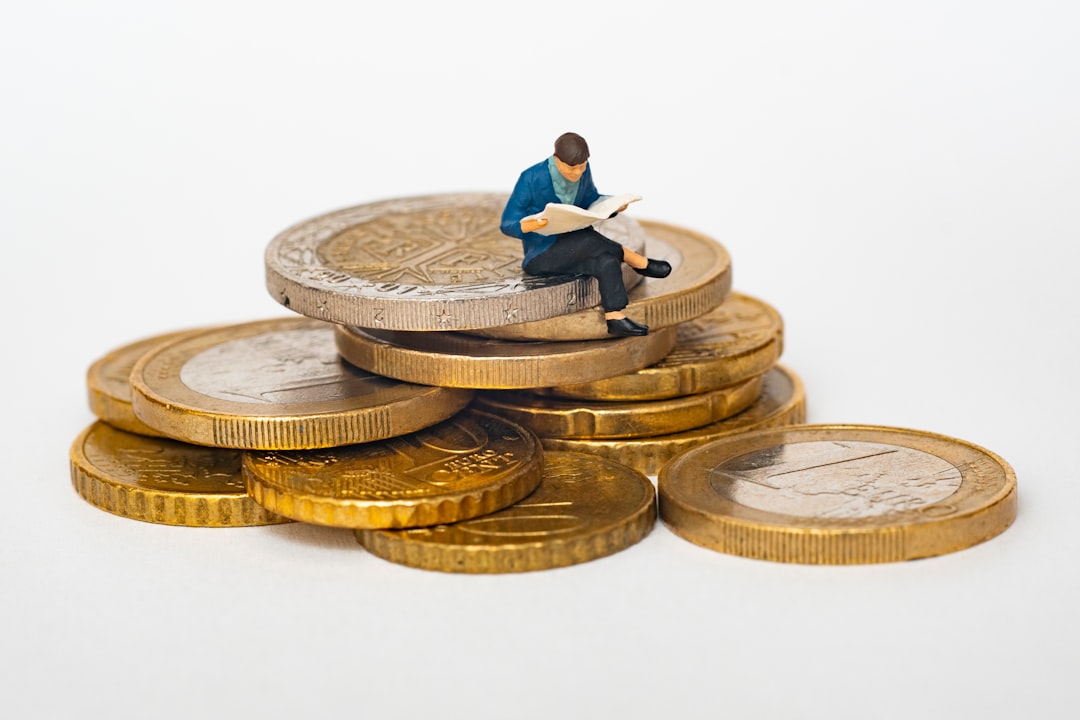
Step-by-Step Guide to Economic Modelling: Understanding the Framework
# Introduction. Economic modeling is a crucial aspect of the economic discipline. It helps economists and policymakers understand complex phenomena by simplifying them into manageable structures. Whether you're a student, researcher, or business professional, being able to create and interpret economic models is an essential skill. In this step-by-step guide, we will walk you through the process of economic modeling, the different types of models available, and the best practices to ensure robustness and reliability in your findings. # Understanding Economic Models. An economic model is a simplified representation of reality that allows us to analyze and predict economic behaviors and relationships. Economic models can take various forms: - **Descriptive Models**: These provide a qualitative understanding of economic phenomena, highlighting concepts and relationships without quantitative backing. - **Prescriptive Models**: These suggest policies or strategies based on model predictions and analyses. - **Predictive Models**: These focus on forecasting future economic scenarios based on historical data. The choice of model depends on the specific economic question at hand and the data available. Before diving into modeling, it’s vital to define your objectives clearly and understand the assumptions underlying your model. # Step 1: Define Your Economic Question. The first step in economic modeling is to pinpoint the question you wish to address. A well-defined question leads to a more focused model, making it easier to discern essential variables and relationships. For instance, instead of asking, "What affects consumer spending?" refine it to "How does a 1% increase in disposable income affect consumer spending in the next quarter?" This specificity guides your data collection and analytical strategy. # Step 2: Determine the Variables and Relationships. Next, identify key variables that will drive your model. Variables can be classified as independent (those that affect others) and dependent (those that are affected). Clearly define the relationships you anticipate. For example, using the previous question, disposable income will be your independent variable, while consumer spending becomes the dependent variable. Here, outlining your assumptions is essential. Are there any external factors influencing consumer behavior that should be considered, such as economic cycles or government policies? Understanding how these variables interact not only informs model development but also helps in anticipating potential limitations in your analysis. # Step 3: Choose the Model Type and Framework. Selecting the appropriate type of economic model is crucial based on your question and identified variables. Some common types include: - **Linear regression models**: Great for establishing the relationship between two or more variables. - **Time series models**: Useful for analyzing data points collected or recorded at specific time intervals. - **Structural models**: These lay out a framework of economic behaviors grounded in theory. While selecting your model, consider the complexity of your relationships and the availability of data. Simple models may work for less complex phenomena, but you might require more sophisticated models for intricate interactions. # Step 4: Data Collection and Preparation. The next step is gathering data relevant to your model. This data can come from various sources, including government databases, academic journals, or surveys. Ensure the data is relevant, reliable, and timely. After collecting the data, prepare it for analysis—this includes cleaning, transforming, and possibly normalizing your data to meet modeling requirements. Data preparation is often the most time-consuming part of the process, but it's crucial for ensuring the accuracy and reliability of your model's results. Missing values, outliers, and inconsistencies need to be addressed to avoid skewing the model outcomes. # Step 5: Model Estimation and Validation. Once your data is ready, the next step is to apply your chosen model type. This typically involves using statistical software or programming languages like Python or R. Execute the model, ensuring to interpret parameters and results in the context of your economic question. Model validation is a critical component that cannot be overlooked. Cross-validation techniques help to assess the model’s predictive capability on new, unseen data. This stage also involves checking the model's assumptions for validity and ensuring your results are robust and reliable. # Conclusion. Economic modeling is an iterative and multi-step process that requires precision and careful consideration. By following the outlined steps—defining your question, identifying variables, selecting a model, gathering data, and validating results—you can develop a robust economic model that provides valuable insights into the economic phenomena you aim to analyze. As you embark on your modeling journey, remember that models are inherently simplifications of complex realities. The insights you derive can guide decision-making, policy formulation, and strategic planning, making economic modeling an invaluable tool in the ever-evolving landscape of economics. .








